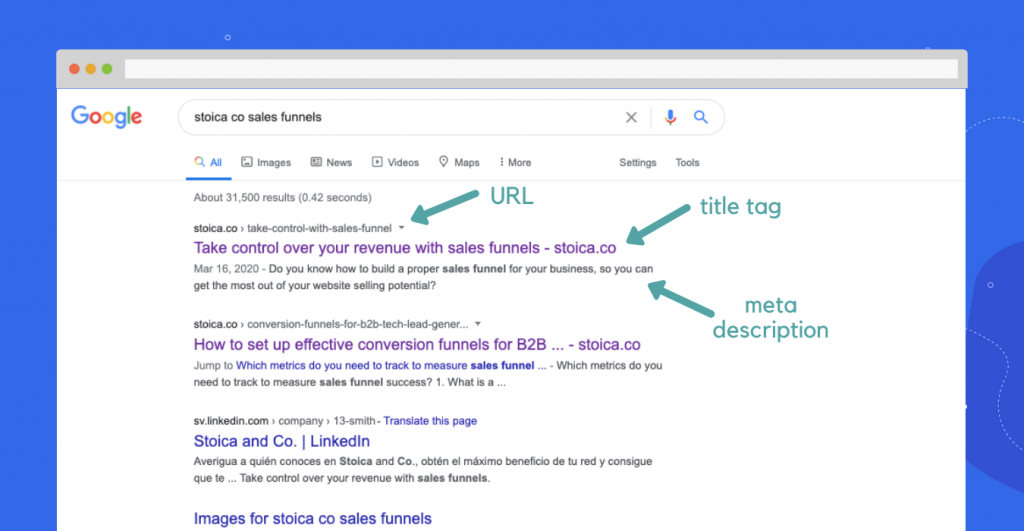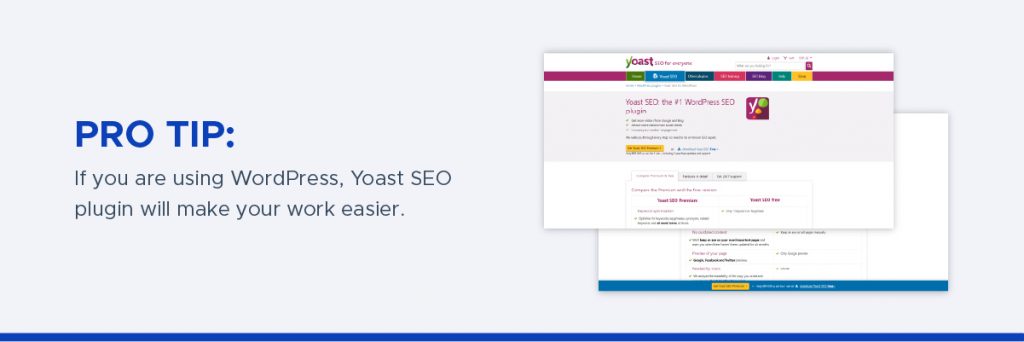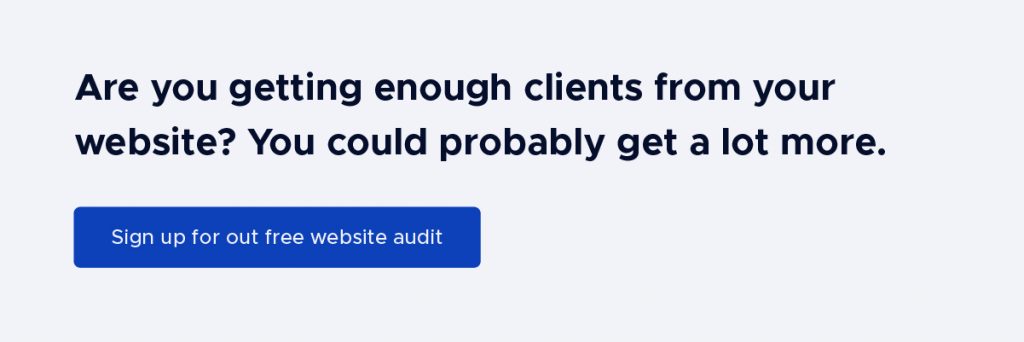How to optimize your website content for SEO
Creating and publishing fresh content on a regular basis is a great strategy to improve a website’s ranking in search results.
But in order for your content to perform well in SERPs, you need to keep two important things in mind:
- use a topic cluster approach to creating content
- always do your on-page optimization
We covered the topic cluster strategy in a previous post, so we’ll focus on content optimization for this one.
Title tags
Why it matters
Title tags are displayed on search engine results pages as the clickable headline for a given result. Titles enable searchers to decide on the spot if a specific result is relevant to them or not and hence if it is worth clicking further. Titles are a strong SEO signal and are important for usability and social sharing as well.
Best practices
- Include your primary keyword in the title, as close to the beginning as possible.
- Keep titles between 50-60 characters. While short titles might not be descriptive enough, long titles get cut off in search results.
- Write titles with the user in mind – while title tags are very important to SEO, they also are the first interaction with a user; titles stuffed with keywords are unattractive and can deter people from visiting your website.

URLs
Why it matters
URLs describe a site or page to visitors and search engines. Keeping URLs relevant, compelling, and accurate is the key to ranking well.
Best practices
- Use your primary keyword in the URL.
- Keep URLs shorter than 75 characters (ideally 50 – 60 characters), as longer URLs get cut off in search results pages.
- Use hyphens to separate words, as this will enable search engines to read and understand them.
- Match URLs to titles if that makes sense.

Headings
Why it matters
Headings structure the whole page and help visitors skim through the content and read it more easily. They also enable search engines to grasp the main topic of a post. The H1 tag is the most important heading because it’s the highest level tag that shows what your specific page is about. Search engines give this tag more weight over other headings.
Best practices
- Use only one H1 one per page.
- Your H1 should describe the topic of your page.
- Use your targeted keywords at the beginning of H1 header once or twice (but not more)
- Optimal format <h1>keywords in my headers</h1>
- Optimal length is between 20 to 70 characters
Meta descriptions
Why it matters
Meta descriptions provide the content that appears directly below the title tag on the search engine results pages, and also appear on social media sites when page URL is shared. While the meta description doesn’t count as a signal for search engines, it is an important factor for user experience, as it offers a caption of the content visitors will find on the page.
Best practices
- Keep meta description under 150 characters, as longer descriptions will be cut off on search results pages.
- Give a short description of what the page is about and include a call to action to entice searchers to click through to your website.
- Include your target keywords as well – if the keywords in your description are in the search query, they will appear bolded. Potential visitors see the keyword bolded in the snippet, which increases your page’s prominence and visibility.

Copy
Best practices
- Make use of both the primary keyword and its variations (long-tail keyword). Search engines have become more and more sophisticated and they are now able to understand specific topics, not just simple keywords, so using long-tail keywords helps reinforce this idea.
- Some SEO experts advise on including your primary keyword 2 or 3 times in the main content, while others advise having a keyword density of 1% or a maximum of 2%. While there is no consensus on how many times you should repeat the primary keyword to be noticed by search engines, the best rule I find is to include that keyword as many times as it comes naturally. Writing content that is easily readable, compelling and attractive is far more important today, as keyword density is not a strong signal anymore.
- Optimize your content length. While there is no strict rule here either, research shows that pages ranking on top of search results have around 2,000 words and that articles with less than 300 words won’t perform well. However, don’t fall into the trap of writing long articles for the sake of optimization, striking a balance between length and keeping your audience interested is the best approach.
- Link to previous article where it makes sense, as this shows search engines you have authority on the topic.
Images
Why it matters
Images help make content more attractive to visitors, it’s simply more pleasant reading an article that has a few images inserted as opposed to reading long blocks of text. If you plan on incorporating images, you should also consider assigning “alt attributes” in HTML to give search engines a text description of the visual content.
Best practices
- Assign images in gif, jpg, or png format “alt attributes” to give search engines a text description of the visual content.
- Include your primary keyword in the ALT tag.





